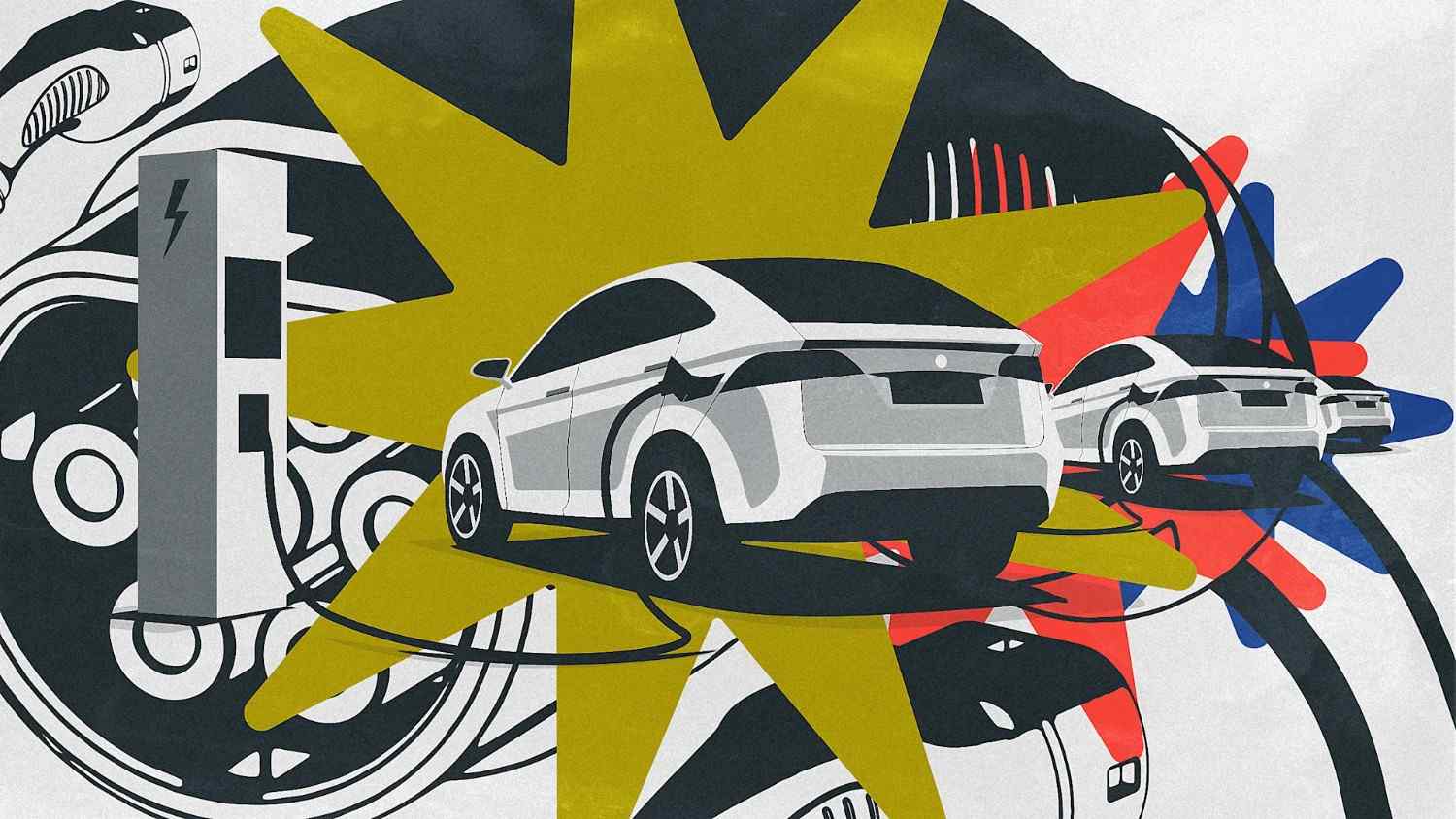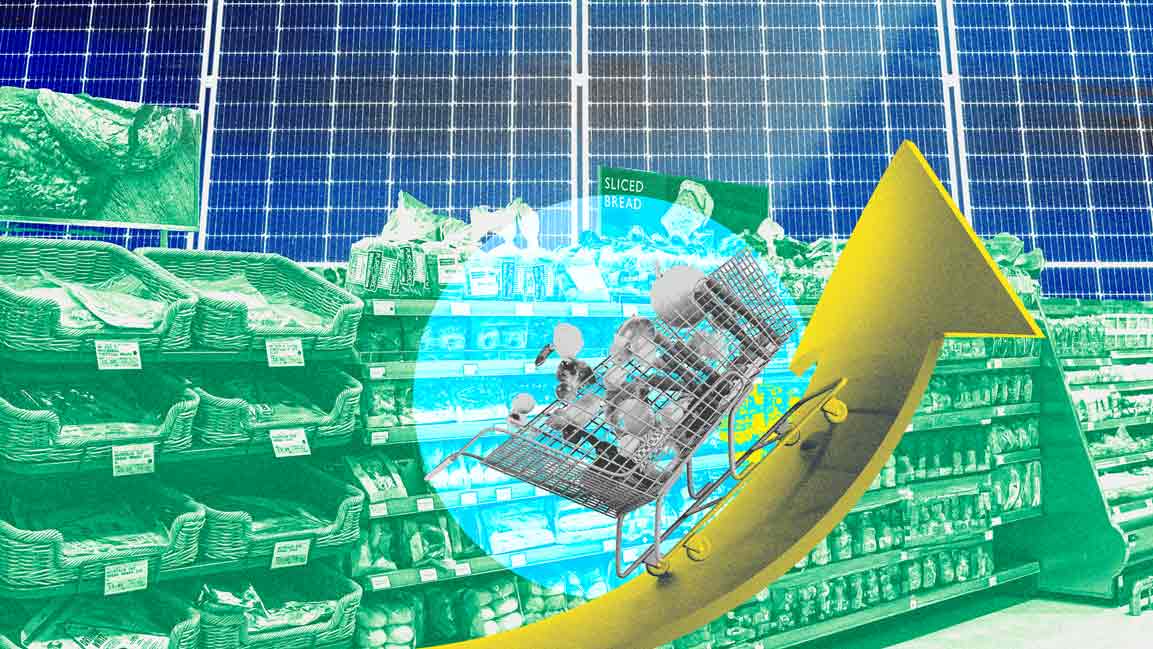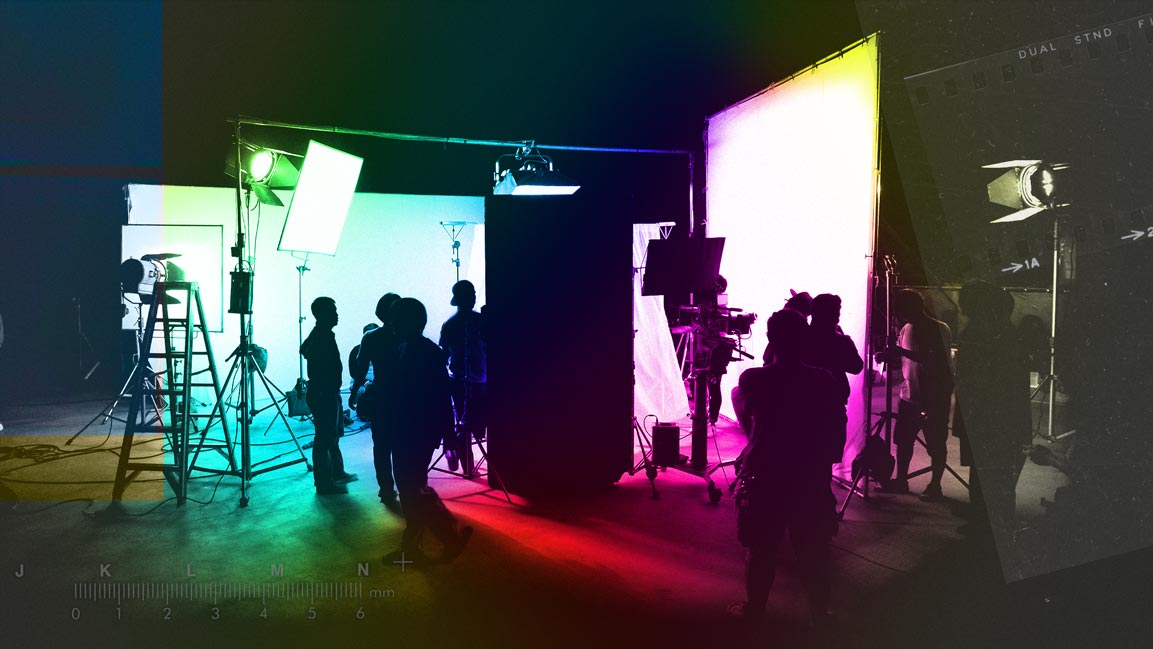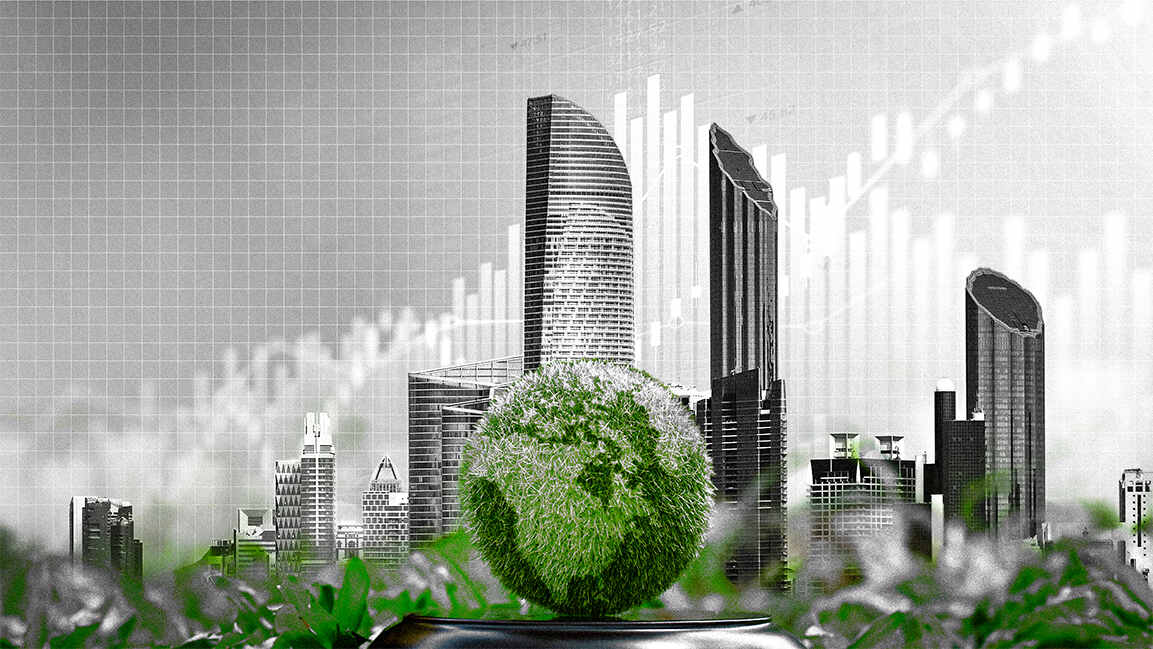- | 9:00 am
UAE is positioning itself as a cultural center. How does it support its sustainability goals?
As sustainability becomes a driving force for museums and galleries, art is transforming into a vehicle to educate and raise awareness on climate change.
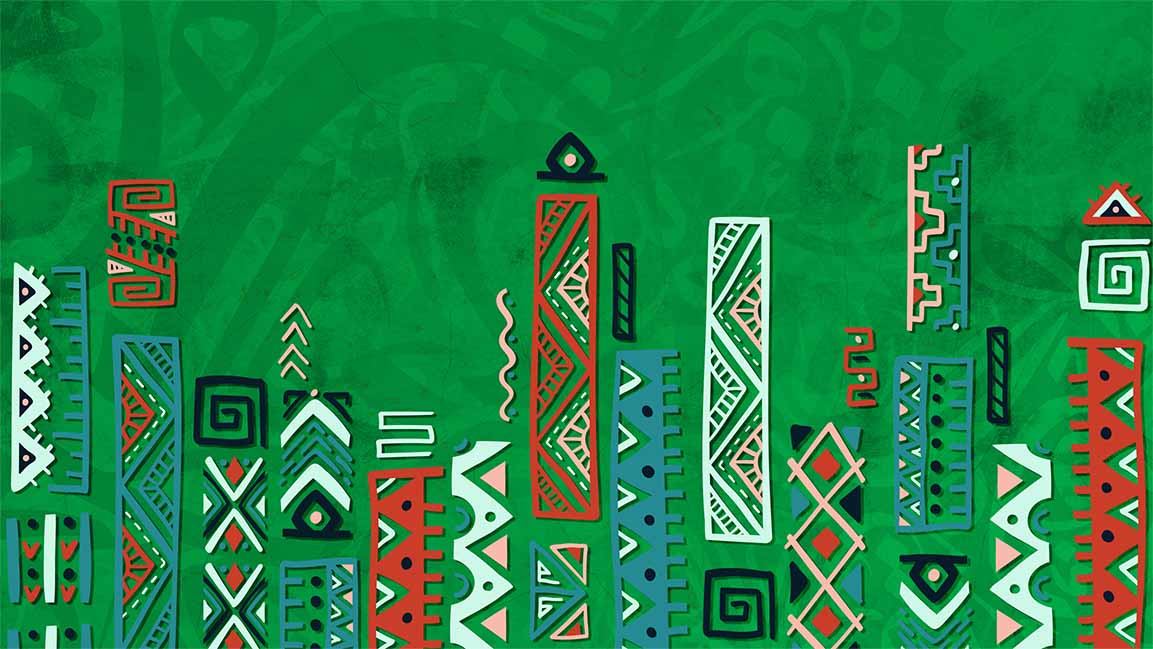
Over the years, the UAE has taken massive strides in strengthening its position as a regional leader in arts, a critical platform supporting its sustainability drive.
For decades, artists have been at the forefront of activism, and the environmental and sustainability movements are no different.
“As the climate crisis has accelerated and its momentum has grown, Benedetta Ghione, Executive Director of Art Dubai, says the topic is becoming more visible, with many works from the Global South on the frontline of climate change.
“Museums and institutions are also important to these conversations and movements, and there is a definite rise in thematic shows looking at these important topics.”
Ahmed Al Blooshi, Technical Operations for Louvre Abu Dhabi, speaks on behalf of one such esteemed museum. “At its core, the museum serves as an epicenter for dialogue, education, and societal transformation, values reflected to this day,” he says. With a commitment to being a pioneer in creating a space for art that fosters awareness and advocacy, the museum prioritizes addressing crucial topics, including sustainability.”
Collaboration among departments and partners is crucial to this. They share that they work collectively to curate unique exhibitions, installations, and artist works that place sustainability at the forefront of public discourse. “Recognizing art as a powerful platform that resonates with diverse audiences, Louvre Abu Dhabi integrates sustainability messages to reach and connect with a wide range of visitors,” adds Blooshi.
CULTIVATING A CREATIVE ENVIRONMENT
The growing shift in the topic is not unusual since, as Ghione says, ultimately, artists and collectors are the people driving art market tastes, “so if artists and collectors are interested in these topics, then galleries will be too,” she says.
One such artist is Blane De St Croix, a sculptor and artist-researcher working on the landscape of climate change as part of an ongoing residency at NYU Abu Dhabi. Drawing from his experience, he says, “Museums have made a serious commitment to sustainability, and NYU Abu Dhabi galleries, for example, have supported extensive collaborations with climate scientists to develop complex visual installations addressing climate change and the issues of the region.”
There’s an uptake of artists addressing the complex issue of sustainability and surrounding climate change. Institutions are enhancing policy to support and provide a platform to discuss such critical topics.
“Undoubtedly, arts and culture are a valuable economic resource – one that supports the direction and philosophy of the city of Abu Dhabi,” he adds.
Visual artist Lene Pieters also sees the dramatic change in the landscape over the past five years. “Before, galleries and collectors were stuck in the traditional art style mindsets,” she says. “Mixed media was not popular, and recycled materials were considered substandard. The therapeutic value aside, there was a veritable storm of social media discourse and a renewed appetite for watching videos of art made at home and from sustainable materials. People were curious and excited to learn more about sustainability in art.”
SUSTAINABLE ART OPERATIONS
For leading institutions, sustainability is not merely a topic to highlight; it’s a value to live by, with Al Blooshi asserting that it is integral to the operations of Louvre Abu Dhabi. “We are futureproofing the museum by building a sustainable and inclusive organization for visitors, stakeholders, collections, and the building itself,” he says, outlining a wide range of eco-friendly initiatives that include on-site recycling facilities, EV charging stations, recycling exhibition material and supporting turtle rehabilitation in its surrounding waters, all aimed at minimizing the museum’s environmental impact.
However, integrating sustainability seamlessly into operations and exhibitions does not come without challenges. “Common hurdles include the need to balance preserving delicate artworks and adopting eco-friendly practices, navigating logistical challenges associated with large-scale exhibitions, and addressing the specific environmental requirements for artwork conservation,” says Al Blooshi.
Nevertheless, Al Blooshi says they remain committed. “Recognizing sustainability as a long-term commitment, the museum views this journey as an ongoing, conscious choice essential for the collective effort to protect the planet.”
Ghione says the Gallery Climate Coalition (GCC) is also doing important work in raising awareness and providing resources to organizations looking to make such changes. “Initiatives like consolidated shipping and reduction in packaging are important, but it’s crucial to consider sustainability across all aspects of operations,” she says. “The art trade is by nature global, and that’s one of its most inspiring and enduring characteristics. More, of course, needs to be done, and this starts with openness to change and sharing best practices across what is often quite a fragmented and disconnected industry.”
Facilitating awareness and education continues to be part of the DNA of Art Dubai.
CONTRIBUTING TO THE BROADER CULTURAL SHIFT
The dramatic changes within the UAE’s art and culture sector also reinforce collective efforts to reimagine a nation’s future beyond its reliance on oil. “Each of the Emirates has taken an incredibly complementary approach. Dubai showcases a clear culture-led vision from government and leadership,” says Ghione. “A thriving cultural scene is a clear hallmark of any advanced economy. As Dubai has grown, the cultural landscape development here has accelerated.”
St Croix shares the same sentiment, highlighting how Abu Dhabi is becoming a cultural hub—a reputation that will only be reinforced by the opening of another iconic museum, Guggenheim Abu Dhabi, which will be unveiled in 2025. “The city sees the enormous benefits,” he says, “not just in terms of economics, but people here and moving here want to be around the arts and culture.”
Pieters also praises the new government initiatives. “The UAE is still a relative newcomer in terms of its impact on global visual arts,” she says. “Many countries cling to their art schools and traditions and do not often like change or young artists challenging the establishment. This cycle repeats every few decades. Those same young artists thrive in the UAE. Yes, they bring their education and traditions but soon become enamored with the local art scene. When they return to mingle with their alma mater, they, in turn, will share their UAE-influenced styles and creations.”
“In a way, the UAE has already become a crucial hub in the global art scene. Many artists want to visit the UAE for creative time here, as it has become a literal oasis of ideas and creativity.”












